Gilgit, a city in the Gilgit-Baltistan region of northern Pakistan, has a long and fascinating history shaped by its strategic location at the crossroads of Central Asia and the Indian subcontinent. Nestled amidst the towering peaks of the Karakoram and the western Himalayas, Gilgit has been a vital hub for trade, culture, and politics for centuries.
Gilgit’s history dates back thousands of years, with its earliest mentions found in the chronicles of Chinese pilgrims like Faxian and Xuanzang, who traveled through the region in the 4th and 7th centuries, respectively. It was an important center of Buddhism and part of the broader Gandhara civilization. Numerous Buddhist relics, rock carvings, and stupas in the surrounding valleys bear witness to this rich past.
By the 8th century, Gilgit came under the influence of Tibetan and Chinese empires, making it a crucial point along the Silk Road—a network of trade routes that linked East and West. Its control shifted multiple times as various regional powers, including the Kushans and later the Muslims, sought to dominate this strategic region. During this period, Gilgit was known as a center of learning and commerce, linking Central Asia, Kashmir, and what is now modern-day Pakistan.
Throughout the medieval period, Gilgit was governed by local rulers who formed alliances and rivalries with neighboring states. The region was fragmented into small principalities, including the kingdoms of Hunza and Nagar, each ruled by its own royal family. The rulers of Gilgit, known as Rajas, played a balancing act between larger regional powers, such as the Mughals in the south and the Durranis in the west.
In the 19th century, Gilgit fell under the control of the Sikh Empire and then the Dogra dynasty of Jammu and Kashmir. The region’s mountainous terrain and political intricacies made it difficult for any one power to maintain long-term dominance.
Today, Gilgit is the administrative capital of Gilgit-Baltistan, serving as a key gateway for trade and tourism in the region. It is a vibrant cultural and commercial hub, attracting trekkers, mountaineers, and travelers from around the world. The city is known for its stunning landscapes, diverse ethnic communities, and rich heritage, which reflect its history as a melting pot of cultures and a strategic crossroad for centuries.
Gilgit’s history is marked by its unique geographical position, making it both a prized possession for empires and a cultural bridge between South Asia and Central Asia. This legacy continues to shape its identity as a dynamic and historically significant region in Pakistan.

In 1846, following the First Anglo-Sikh War, Gilgit came under the suzerainty of the Maharaja of Jammu and Kashmir as part of the Treaty of Amritsar. However, recognizing its strategic importance as a frontier region, the British established the Gilgit Agency in 1889 to monitor Russian expansion in Central Asia. The British effectively ruled Gilgit through a lease agreement with the Maharaja, maintaining it as a buffer zone during the “Great Game” between British and Russian empires.
The modern history of Gilgit took a dramatic turn in 1947, during the partition of British India. Gilgit’s local military unit, led by Major William Brown, a British officer in the Gilgit Scouts, mutinied against the Maharaja of Kashmir and declared accession to Pakistan. This led to the integration of Gilgit into Pakistan, setting the stage for the current administrative setup of the region.

Conclusion
Each season in Gilgit-Baltistan brings its own unique charm and activities, making it a year-round destination for adventurers and culture enthusiasts alike. Whether you’re trekking in the spring, enjoying water sports in summer, photographing autumn colors, or skiing in winter, there’s always something to experience in this beautiful region.
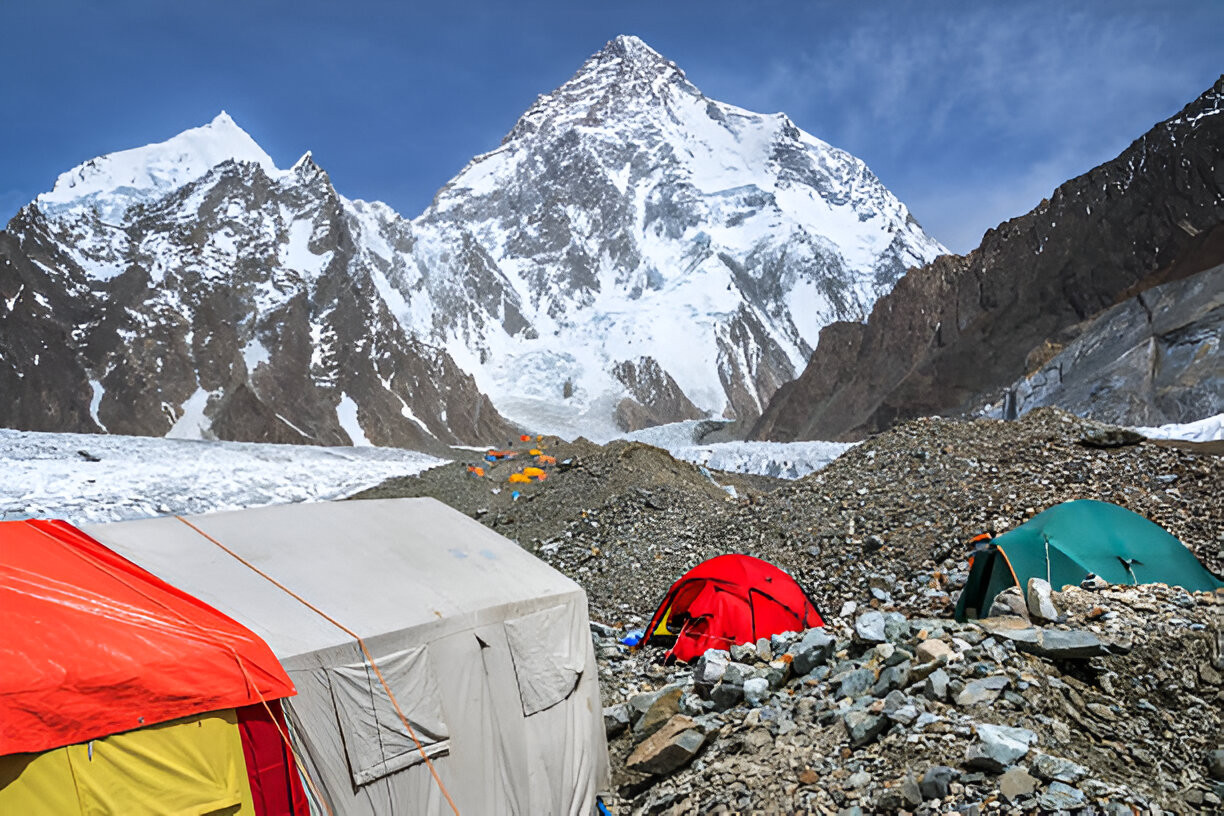
Experience the thrill of trekking and hiking with scenic trails, breathtaking views, and guided adventures through majestic landscapes.
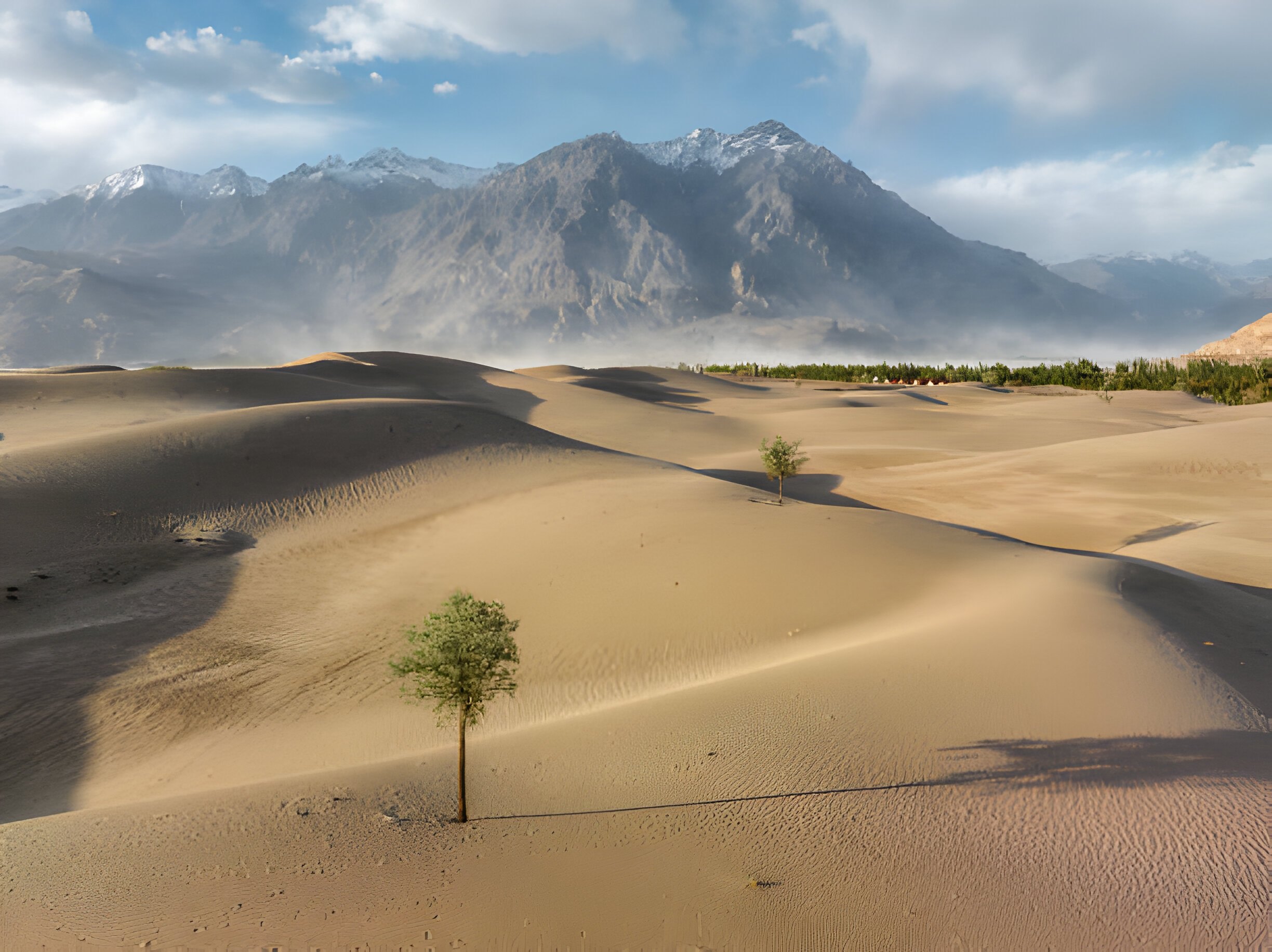
Sarfa-Ranga Cold Desert in Shigar , Gilgit-Baltistan, offers stunning views and adventurous sand dune jeep rallies at high altitudes.
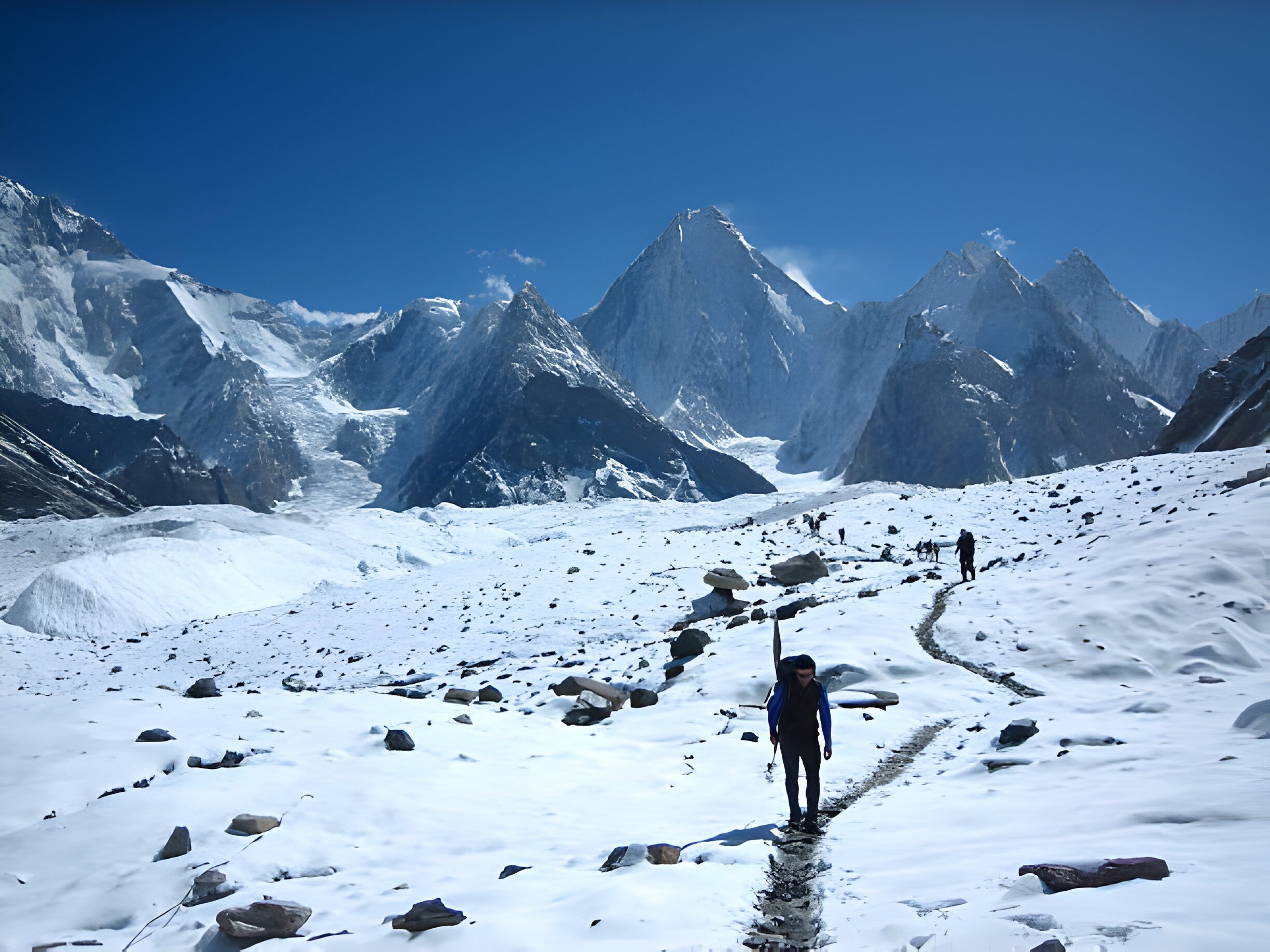
Join K2 Expedition & Trekking for thrilling mountaineering adventures, guided by experts, ensuring safety and unforgettable experiences in the Karakoram.
No tours were found matching your selection.
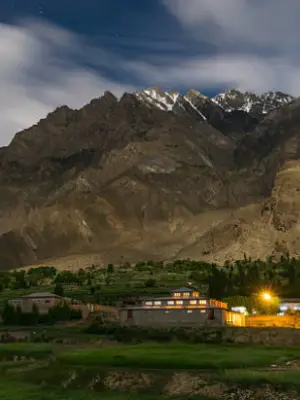
Discover the Askole with our special tours
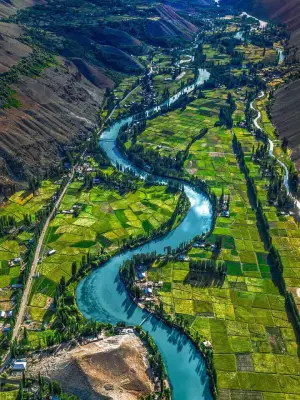
Discover the Gilgit Baltistan with our special tours
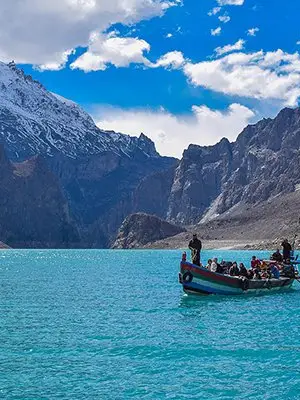
Discover the Hunza with our special tours
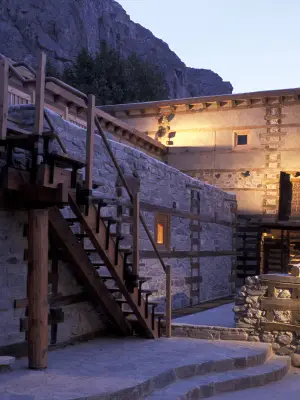
Discover the shigar with our special tours

Discover the Skardu Trang with our special tours
Experience World-Class Trekking & Expeditions Led by Local Experts
About us